The Agouti is a relatively small rodent that lives in Central and South America. Researchers recognize 11 different species. They place all of these creatures in the taxonomic genus Dasyprocta. Their closest relatives are the pacas and acouchis. Read on to learn about the Agouti.
Description of the Agouti
This mammal looks a bit like an oversized guinea pig. They have rounded bodies, brown or grey fur, and small ears. Their front paws have five toes, while their rear paws have just three.
The various species reach a length of up to two feet long. At their heaviest, some individuals surpass eight pounds! Though they are large for rodents, their size simply doesn’t compare to their cousin, the capybara.
Interesting Facts About the Agouti
These creatures have several interesting traits and adaptations. Learn more about Agoutis below.
- A Rodent by Many Names – In different regions of Central and South America, people call this mammal by different names. Those in Ecuador call them guatusas. In Mexico, people refer to them as sereques. Finally, in Panama, their name is ñeque.
- Super Swimmers – When predators threaten them, these creatures aren’t afraid to dip their toes. These rodents readily leap into the water to make their escape. They are strong, competent swimmers.
- Snack Time – While feeding, these rodents hold their food between their front paws. This is similar to the way the squirrels eat.
- Food Stores – Also like squirrels, these creatures like to store extra food. They dig small caches in the ground, and bury surplus food for later use.
Habitat of the Agouti
The different species usually live in similar habitat types. They prefer rainforest regions with dense vegetation and plenty of nuts and fruits to eat. Some other habitats that they occupy include grasslands, savannas, and brushy areas.
You can also find these rodents in farms and pastures. On plantations, farmers find them a nuisance because they damage banana plants and sugarcane.
Distribution of the Agouti
Each species has its own unique range and distribution. Some live over a wider expanse, while others occupy just a small region of land. You can find Agoutis as far north as Mexico, and as far south as South America.
Diet of the Agouti
These rodents are herbivores, which means that they eat plants. Most of their diet consists of nuts, berries, and fruits. They also feed on vegetables, crops, succulents, roots, seeds, and more.
While foraging, they move from tree to tree searching for fallen fruit. Some even follow troops of monkeys to eat the discarded fruits that the primates drop while feeding.
Agouti and Human Interaction
Some humans keep Agoutis as pets, some hunt them, and some kill them for damaging crops. However, one of the most detrimental human activities is habitat destruction. People clear this creature’s rainforest habitat for logging, agriculture, mining, and urban spread.
The impact of these activities varies from one species to the next. The IUCN lists some species as Least Concern, and others as Endangered.
Domestication
Humans have not domesticated these rodents in any way.
Does the Agouti Make a Good Pet
Some people do keep these creatures as pets. However, it is illegal in many places to own an Agouti as a pet.
Agouti Care
Zoos house some species of these rodents in their collections. Their care varies slightly from species to species. They provide the rodents with densely vegetated habitats, with a variety of plants, hiding places, and even burrows.
Veterinarians oversee their diets, which usually contain a variety of fruits, vegetables, nuts, and more.
Behavior of the Agouti
Behavior varies from species to species. Some species forage for food during the day, others at night, and others alternate between daytime and nighttime depending on how close they are to human settlements.
Some species are solitary and live alone. Other species live in small groups or pairs. When food is plentiful, sometimes large numbers of individuals congregate in a small area.
Reproduction of the Agouti
Each species has its own unique breeding habits. Some are monogamous, and mate with the same partner for life. Many breed multiple times per year. The gestation period lasts between three and four months. Females can give birth to as many as four young per litter, but the average in most species is two.
It takes about four months to the mother to wean her young. She lets them remain with her until she gives birth again, usually later that same year. The young reach sexual maturity when they are over a year old.



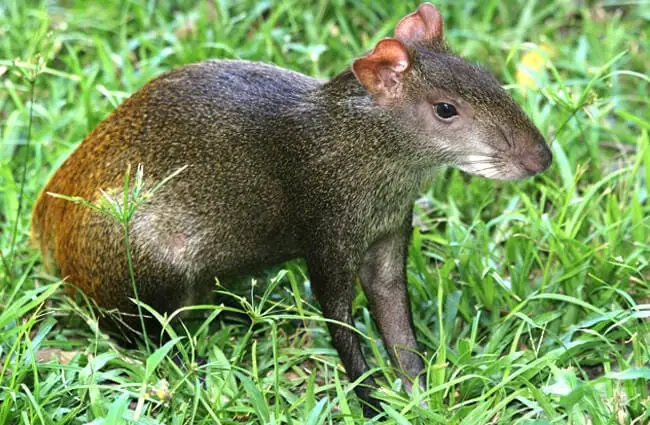
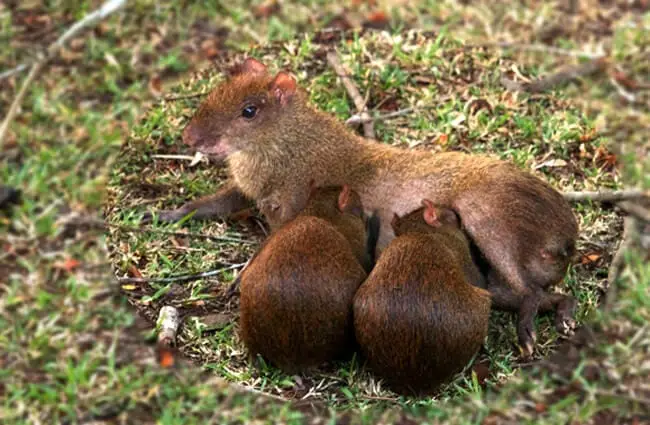

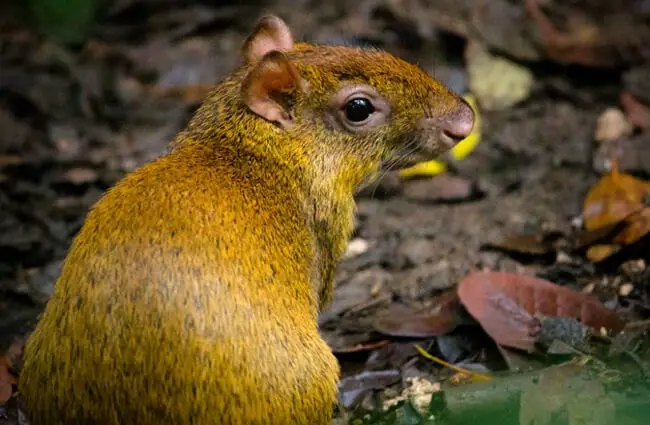
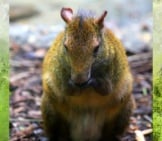

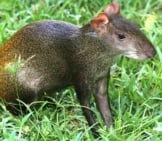
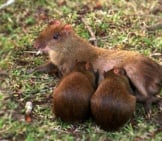
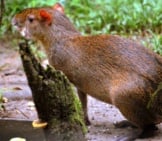
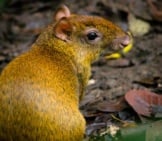
![Red Angus Closeup of a beautiful Red Angus cowPhoto by: U.S. Department of Agriculture [pubic domain]https://creativecommons.org/licenses/by/2.0/](https://animals.net/wp-content/uploads/2020/03/Red-Angus-4-238x178.jpg)












![Red Angus Closeup of a beautiful Red Angus cowPhoto by: U.S. Department of Agriculture [pubic domain]https://creativecommons.org/licenses/by/2.0/](https://animals.net/wp-content/uploads/2020/03/Red-Angus-4-100x75.jpg)

